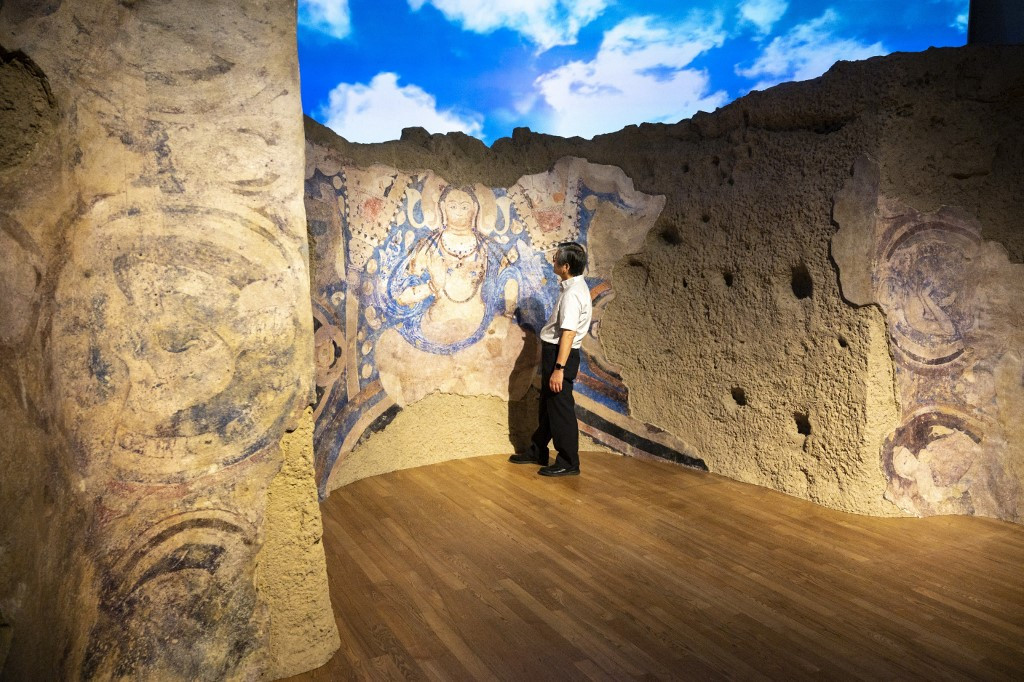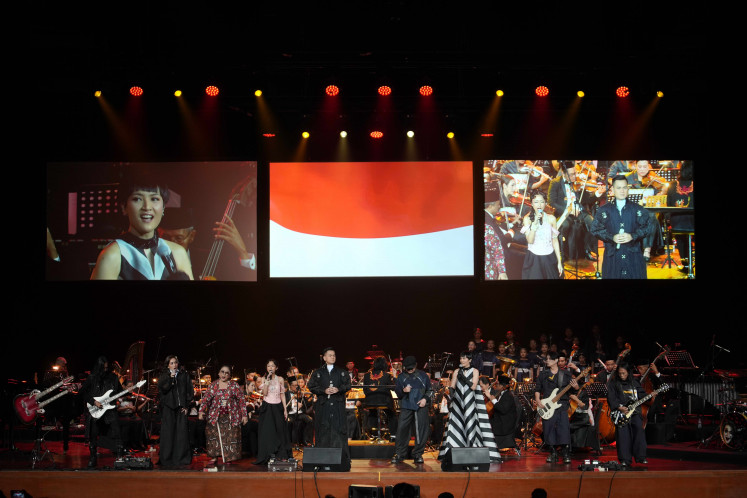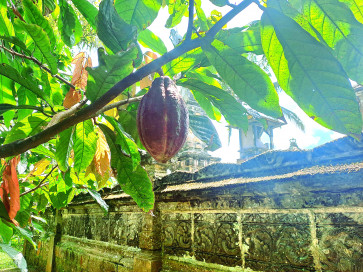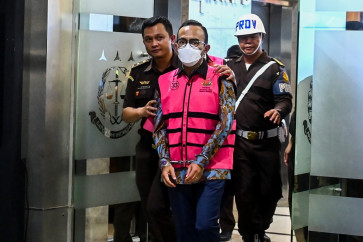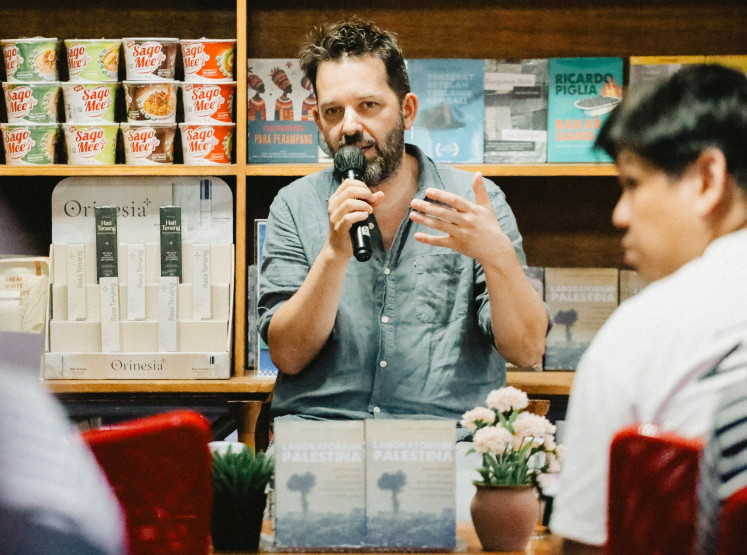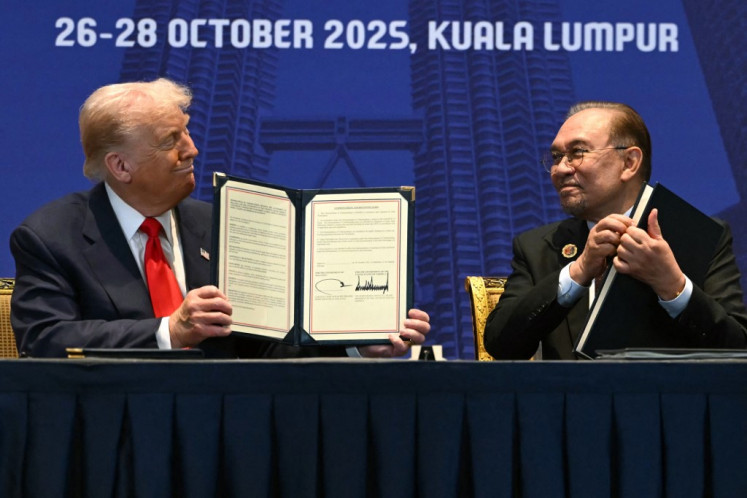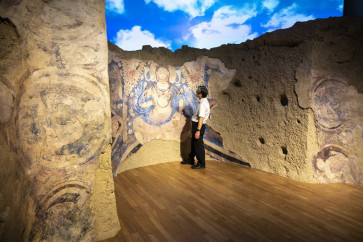Popular Reads
Top Results
Can't find what you're looking for?
View all search resultsPopular Reads
Top Results
Can't find what you're looking for?
View all search resultsJapan experts craft 'super clone' of destroyed Afghan mural
Using a mix of traditional and digital techniques, Japanese researchers have crafted a "super clone" of an Afghan mural destroyed by the Taliban.
Change text size
Gift Premium Articles
to Anyone
J
apanese researchers have crafted a "super clone" of an Afghan mural destroyed by the Taliban, using a mix of traditional and digital techniques that they hope will salvage the work's "spirit" for future generations.
Not a single fragment remains of the seventh-century cave painting demolished in 2001 along with two massive Buddha statues and other artefacts in Afghanistan's Bamiyan valley, sparking global condemnation.
But a precise replica, the result of three years of state-of-the-art reproduction efforts, went on display at a museum in Tokyo in September and October, just weeks after the Taliban returned to power in Kabul.
The mural on the ceiling of a cave near the famous statues depicted a blue Bodhisattva -- or someone on the path to becoming a Buddha.
At six metres long and three metres high (20 by 10 feet), the intricate full-size copy has been dubbed a "super clone" by the reproduction team at Tokyo University of the Arts.
"We have succeeded in recreating a very precise representation in three dimensions," from its texture to the type of paint, said the team's co-leader Takashi Inoue.
Japan is a major donor to Afghanistan and has long been involved in heritage protection efforts at Bamiyan, a crossroads of ancient civilisations considered to be one of the birthplaces of Japanese Buddhism.

